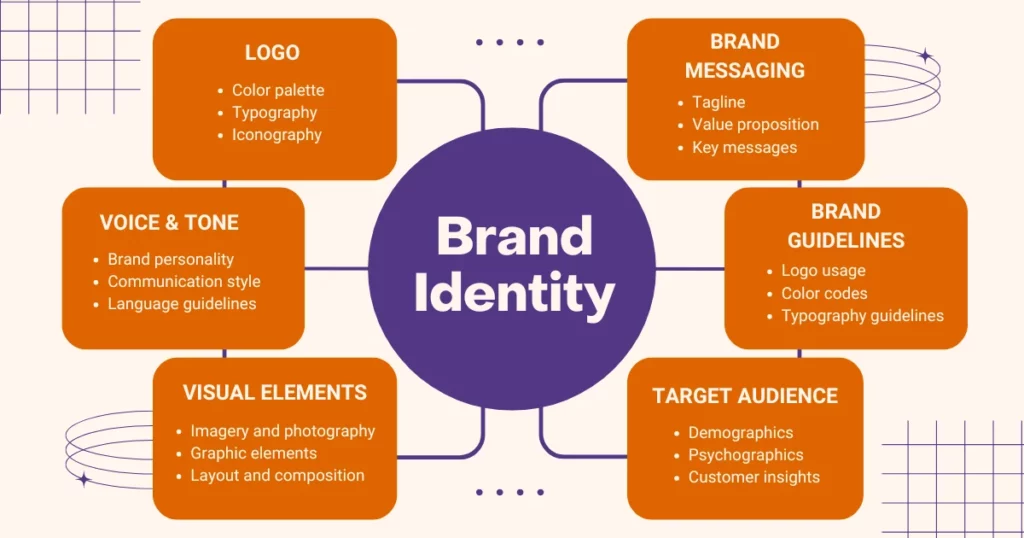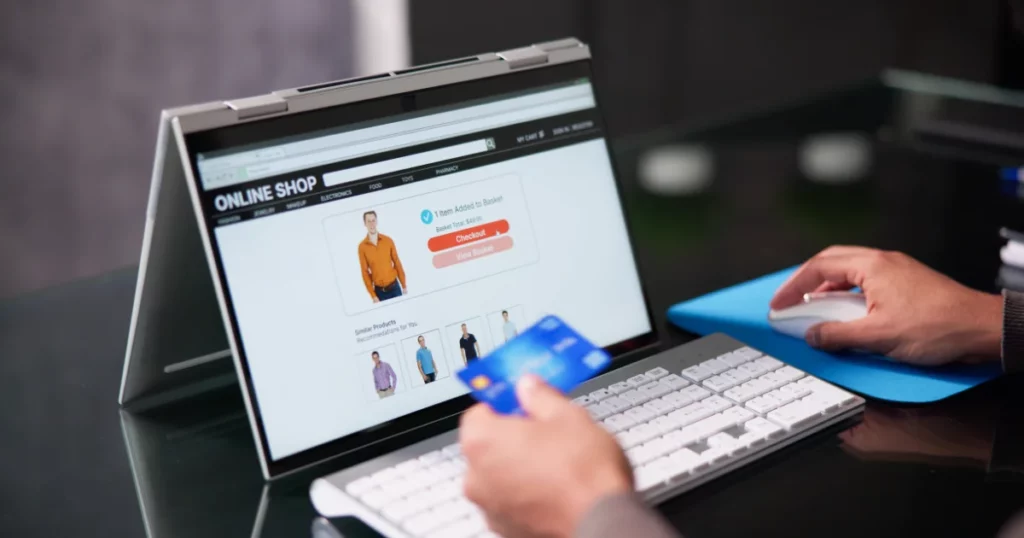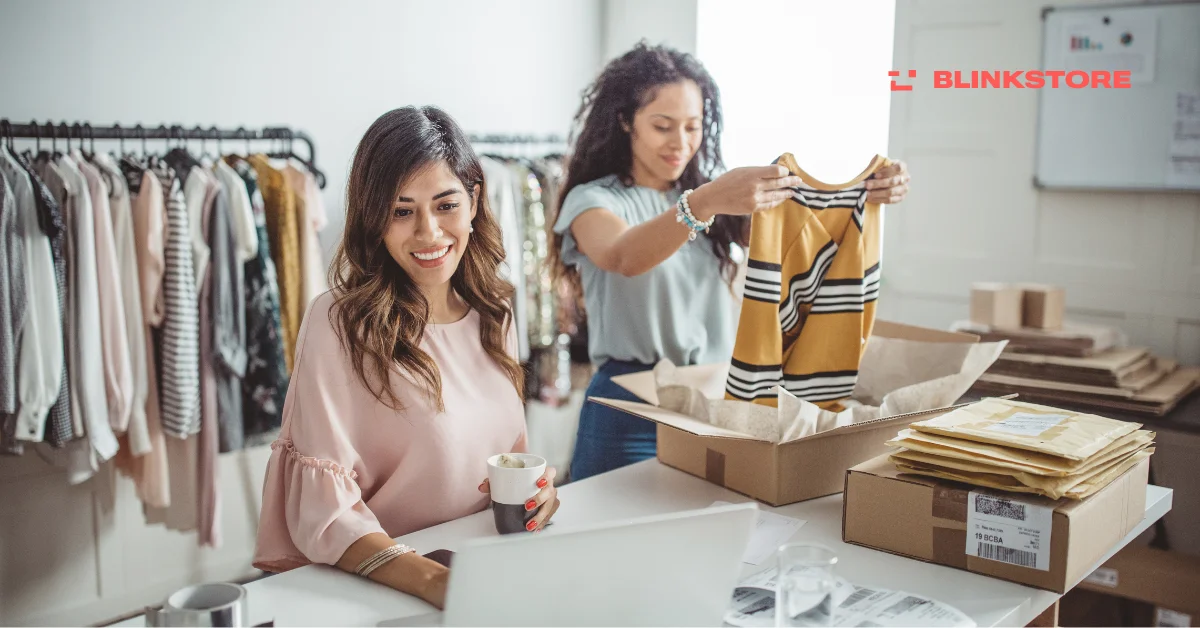Ever dreamed of turning your living room into a runway and your sewing machine into a money-making marvel? To Start a small clothing business from home might be your ticket to entrepreneurial bliss!
Imagine a world where your creative ideas leap from sketches to stunning outfits that customers can’t wait to get their hands on, all without stepping foot outside your door. With a good plan and the right execution, you can turn your love for fashion into a profitable online business.
Platforms like Blinkstore can be your secret weapon, streamlining everything from design to distribution, so you can focus on creating and selling your unique styles.
Whether you dream of creating a trendy boutique, a niche fashion line, or a personalized apparel brand, this comprehensive guide on how to start a small clothing business from home will provide the necessary steps to turn your dream into a thriving online business.
Table of Contents
How to Start a Small Clothing Business from Home: Steps to Success
To Start a small clothing business from home requires careful planning and execution. This section will guide you through the essential steps to ensure your home-based clothing business becomes a success.
Step 1: Research Your Market Niche

The first step in order to start a small clothing business from home is to define your niche and target market. A niche is a specialized segment of the market that you can cater to with specific products. This could be anything from eco-friendly clothing, athleisure wear, vintage styles, or plus-size fashion. Understanding your niche helps you to stand out in a crowded market and attract a loyal customer base.
Research your potential customers thoroughly. Consider their age, gender, lifestyle, and shopping preferences. Use online tools and social media platforms to gather data on what your target audience is looking for. The more precise you are about your niche and target market, the better you can tailor your products and marketing efforts to meet their needs.
Step 2: Develop a Business Plan

A well-crafted business plan is crucial for the success of your small clothing business from home. Your business objectives, plans, and the actions you’ll take to reach them are described in this document. Give a brief executive summary of your business idea at beginning. Follow this with a detailed description of your products, market analysis, marketing plan, and financial projections.
Your business plan should also include a section on your unique selling proposition (USP) – what makes your clothing line different from others on the market. Additionally, consider any potential challenges you might face and how you plan to overcome them. A solid business plan not only helps you stay organized but is also essential if you need to seek funding from investors or financial institutions.
Step 3: Source Your Materials and Manufacturers

Once you have a clear plan, it’s time to source your materials and manufacturers. If you’re designing your own clothing, look for high-quality fabric suppliers. If you’re curating a collection, research reliable wholesalers who offer products that align with your brand’s aesthetic.
For those interested in print-on-demand and dropshipping, platforms like Blinkstore can simplify the process. Print-on-demand allows you to create custom designs that are printed on products only after a customer places an order. This means you don’t have to hold any inventory, reducing upfront costs. Dropshipping is another method where the supplier handles the inventory and shipping, further lowering your initial investment.
Also Read: 17 Best Wholesale Clothing Vendors in 2024
Step 4: Create a Brand Identity

Your brand identity is the visual and emotional representation of your small clothing business. It includes your brand name, logo, color scheme, typography, and overall aesthetic. Establishing a solid brand identity improves communication with your intended market and increases brand awareness.
Start by brainstorming a unique and memorable brand name that reflects your business. Design a professional logo that can be used across your website, social media, and packaging. Consistency is key, so ensure all your branding elements work together harmoniously. Your brand should tell a story that resonates with your customers and sets you apart from competitors.
Step 5: Build an Online Store

Having an online presence is crucial today. How to start a small online clothing business involves building an online store, one of the most important steps in starting your small clothing business. Blinkstore is a great platform to consider for this purpose. It offers user-friendly interfaces and various templates to help you design a professional-looking website.
Your online store should be easy to navigate, mobile-friendly, and visually appealing. Add customer reviews, thorough descriptions, and excellent pictures of the products. Additionally, integrate a secure payment gateway to ensure smooth transactions. Don’t forget to optimize your website for search engines (SEO) to attract organic traffic.
Step 6: Develop a Marketing Strategy

A comprehensive marketing strategy is essential to attract and retain customers. Start by creating a strong social media presence on platforms like Instagram, Facebook, and Pinterest. These platforms are highly visual and perfect for showcasing your clothing line. To improve your visibility, post frequently, interact with your consumers, and make use of the right hashtags.
To reach a larger audience, think about investing in paid advertising. Facebook and Instagram ads can be highly targeted to your specific demographic. Additionally, collaborate with influencers and bloggers in your niche to promote your products. Email marketing is another effective tool; build a mailing list and send out regular newsletters with updates, promotions, and fashion tips.
Step 7: Handle Logistics and Inventory Management

Efficient logistics and inventory management are critical for the smooth operation of your business. If you’re using print-on-demand or dropshipping through Blinkstore, much of this process is simplified as they handle production and shipping. However, if you’re managing your own inventory, you’ll need to set up a system to track stock levels, process orders, and manage returns.
Invest in software for inventory management to make this process more efficient. Watch your stock closely to avoid having too much or running out of popular items. Establish a relationship with reliable shipping carriers to ensure timely delivery of your products. Excellent logistics management leads to satisfied customers and repeat business.
Step 8: Launch Your Business

To launch your business, you need to plan a launch event or a promotional campaign to create buzz around your brand. Offer special discounts or free shipping for the first few customers. Use social media, email marketing, and online ads to spread the word.
Monitor the performance of your launch closely. Track website traffic, sales, and customer feedback to identify areas for improvement. Stay flexible and be ready to adjust your strategies based on the data you collect. A successful launch sets the tone for your business and helps you gain initial traction in the market.
Step 9: Provide Excellent Customer Service

Ensure you have a system in place to handle customer inquiries, complaints, and returns efficiently. Be responsive, polite, and willing to go the extra mile to resolve issues.
Offer multiple channels for customers to reach you, such as email, phone, and social media. Apply feedback from customers to continuously improve the products you provide. Personalized touches, like handwritten thank-you notes or special discounts for loyal customers, can significantly enhance the customer experience.
Step 10: Analyze and Scale Your Business

After your business is up and running, it’s important to continuously analyze your performance and look for opportunities to scale. Use analytics tools to track your sales, website traffic, and marketing efforts. Analyze which of your products are doing well and which needs improvements.
Consider expanding your product line, exploring new marketing channels, or entering new markets to grow your business. Reinvest your profits wisely to fuel further growth. Stay updated with the latest trends in the fashion industry and be ready to adapt to changes. Scaling your business requires strategic planning and a willingness to take calculated risks.
Exploring Print-on-Demand and Dropshipping with Blinkstore
Print-on-demand and dropshipping are popular business models that can significantly lower the barrier to entry for starting a clothing business. Blinkstore is a platform that offers both these services, making it easier for entrepreneurs to launch and grow their brands.
Print-on-Demand: This model allows you to create custom designs that are printed on products like t-shirts, hoodies, and accessories only after a customer places an order. This means you don’t need to invest in large quantities of inventory upfront. Blinkstore handles the printing and shipping, so you can focus on design and marketing. Print-on-demand is ideal for testing new designs and responding quickly to trends.
Dropshipping: With dropshipping, you don’t hold any inventory. Rather, you collaborate with a supplier who manages product storage, packing, and direct customer delivery. Blinkstore offers a seamless dropshipping service, allowing you to offer a wide range of products without the hassle of inventory management. This model reduces financial risk and operational costs, making it perfect for small businesses operating from home.
Blinkstore provides an easy-to-use platform with various customization options, making it a great choice for aspiring clothing entrepreneurs. To explore more about the ease and efficiency of dropshipping, you can check out this guide on How to start dropshipping for free. By leveraging print-on-demand and dropshipping, you can start your business with minimal upfront investment and scale efficiently as your brand grows.
Conclusion
Starting a small clothing business from home is an exciting venture that combines creativity with entrepreneurship. By identifying a niche and target market, creating a comprehensive business plan, and sourcing quality materials, you can lay a strong foundation. Developing a unique brand identity and building an attractive online store is essential for standing out. Implementing effective marketing strategies, managing logistics, and providing excellent customer service are key to gaining and retaining customers. Leveraging print-on-demand and dropshipping models, particularly through platforms like Blinkstore, can minimize initial investment and streamline operations. Continuous analysis and scaling of the business will ensure sustained growth and success in the competitive fashion industry.
FAQs on How To Start a Small Clothing Business From Home
How can I start my clothing business from home?
To start a clothing business from home, identify your niche, create a business plan, source materials and manufacturers, build an online store, and develop a marketing strategy. Platforms like Blinkstore can help streamline production and distribution.
How do I start a clothing business from zero?
Starting from zero involves researching your market, creating a detailed business plan, sourcing affordable materials, and leveraging print-on-demand or dropshipping to minimize upfront costs. Building a strong brand identity and an effective online presence are crucial.
How to start a small online clothing business?
Start by researching your niche, creating a business plan, sourcing high-quality materials, and building a user-friendly online store. Use social media and online marketing to attract customers. Consider print-on-demand and dropshipping models to reduce initial investment.
What are the initial costs of starting a small clothing business from home?
Initial costs can include materials, website setup, branding, marketing, and any equipment needed for production. Utilizing print-on-demand or dropshipping can help minimize these costs.
What platforms are best for selling clothing online?
Popular platforms include Blinkstore, Flipkart and Amazon. Each offers different features, so choose one that best fits your business needs.
What are the common challenges of running a clothing business from home?
Common challenges include managing inventory, handling logistics, ensuring quality control, and standing out in a competitive market. Proper planning and leveraging technology can help overcome these challenges.
Related Articles:
